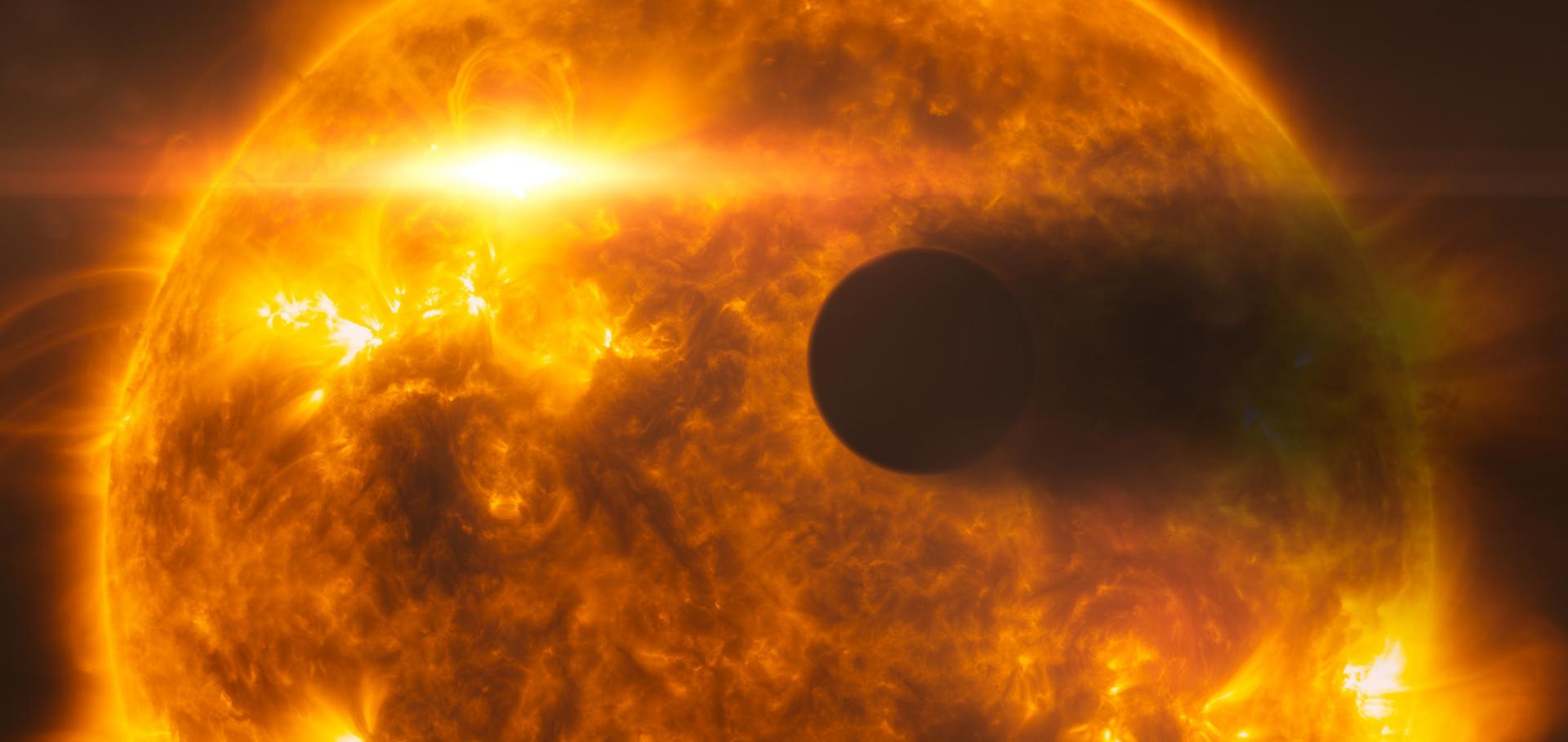A new look at NICMOS transmission spectroscopy of HD 189733, GJ-436 and XO-1: no conclusive evidence for molecular features
\mnras 411 (2011) 2199-2213-2199-2213
Hubble Space Telescope Transmission Spectroscopy of the Exoplanet HD 189733b: High-altitude atmospheric haze in the optical and near-UV with STIS
(2011)
Transiting exoplanets from the CoRoT space mission: XIII. CoRoT-14b: an unusually dense very hot Jupiter
(2011)
Reassessing the radial-velocity evidence for planets around CoRoT-7
Monthly Notices of the Royal Astronomical Society 411:3 (2011) 1953-1962
Abstract:
CoRoT-7 is an 11 th magnitude K-star whose light curve shows transits with a depth of 0.3mmag and a period of 0.854d, superimposed on variability at the 1 per cent level, due to the modulation of evolving active regions with the star's 23-d rotation period. In this paper, we revisit the published HARPS radial-velocity (RV) measurements of the object, which were previously used to estimate the companion mass, but have been the subject of ongoing debate. We build a realistic model of the star's activity during the HARPS observations, by fitting simultaneously the linewidth (as measured by the width of the cross-correlation function) and the line bisector, and use it to evaluate the contribution of activity to the RV variations. The data show clear evidence of errors above the level of the formal uncertainties, which are accounted for neither by activity nor by any plausible planet model and which increase rapidly with a decreasing signal-to-noise ratio (S/N) of the spectra. We cite evidence of similar systematics in mid-S/N spectra of other targets obtained with HARPS and other high-precision RV spectrographs, and discuss possible sources. Allowing for these, we re-evaluate the semi-amplitude of the CoRoT-7b signal, finding Kb= 1.6 ± 1.3ms-1, a tentative detection with a much reduced significance (1.2σ) compared to previous estimates. We also argue that the combined presence of activity and additional errors precludes a meaningful search for additional low-mass companions, despite previous claims to the contrary. Taken at face value, our analysis points to a lower density for CoRoT-7b, the 1σ mass range spanning 1-4 M ⊕ and allowing for a wide range of bulk compositions. In particular, an ice-rich composition is compatible with the RV constraints. More generally, this study highlights the importance of a realistic treatment of both activity and uncertainties, particularly in the medium S/N regime, which applies to most small planet candidates from CoRoT and Kepler. © 2010 The Authors Monthly Notices of the Royal Astronomical Society © 2010 RAS.Transiting exoplanets from the CoRoT space mission: XV. CoRoT-15b: A brown-dwarf transiting companion
Astronomy and Astrophysics 525:19 (2011)


